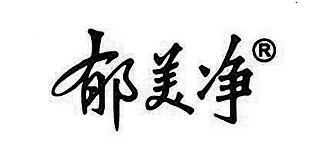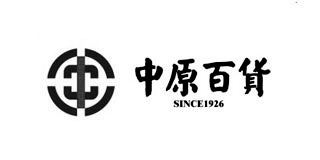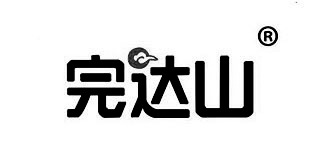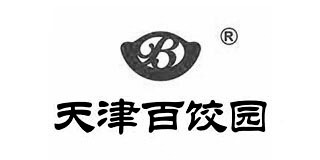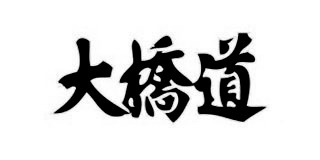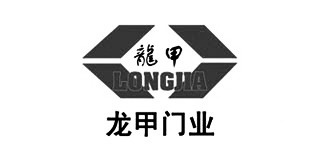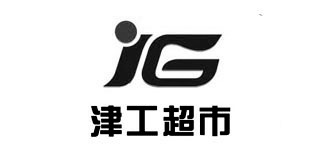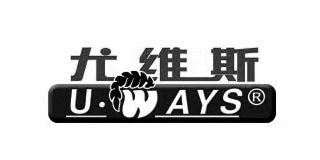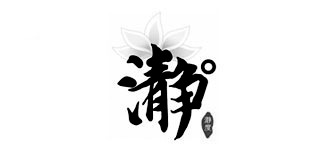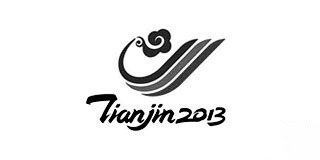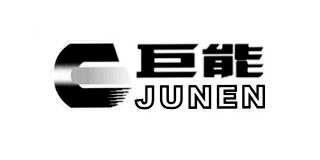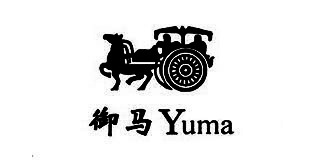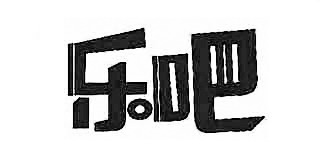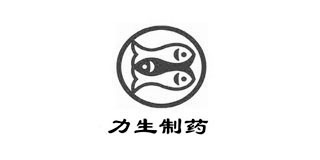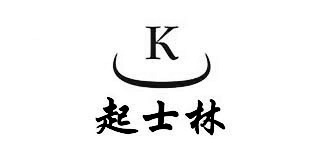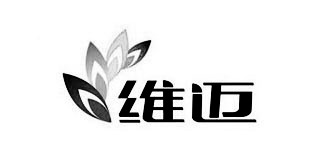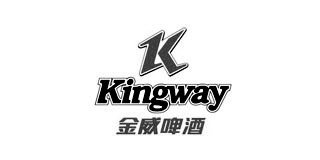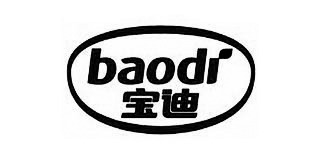Our Service
With our simple and straightforward fee schedule, you can rest assured there will be no hiding fees or additional charges. Li & Associates is a small firm, providing you a personalized customer service experience, don’t just be a file number at a large practice.
Canadian Market
Domestic
Why Register a Trademark in Canada
- It gives you exclusive rights to use the trademark across Canada for 10 years (and you can renew that indefinitely)
- It stops others from using a confusingly similar trademark
- It allows you to flag infringements by others
- Provides brand protection
- Registered trademarks have been shown to, on average, raise firm profitability by 1.7% and firm value by 11.9%
- Promotes business growth
- An effective tool for brand recognition, social media, and marketing

Services We Provide

Comprehensive trademark searches and complimentary standard trademark searches

Prepare and file trademark applications

File trademark renewals

Trademark opposition

Trademark licensing

Trademark consulting
Intellectual Property Roadmap
Steps to register your trademark in Canada
1. Filing
A complete application must include the following:
- Your name and address
- Your trademark
- The goods or services associated with the trademark
- The government application fee
2. Formalities
If your application meets all the requirements the CIPO will assign you a filing date, application number and open a file.
3. Examination
An examiner reviews your application to determine if it is registerable and therefore able to be published in the Trademark Journal.
4. Approval
If your application is approved the CIPO will send you a formal notice of approval.
If your application is refused the CIPO will send you a detailed report explaining why. You have the right to appeal to the Federal Court of Canada.
5. Publication
Approved applications will now be published in the Trademark Journal on the CIPO website. This will give others a chance to oppose your application.
6. Registration
If there is no opposition to your application, or if an opposition is rejected, your application will proceed to registration. The CIPO will send you a certificate of registration and enter the trademark in the Register of Trademarks.
7. Renewals
To maintain your registration, you will have to pay a renewal fee every 10 years.
FAQ
Answers to your frequently asked questions
General Questions
1. What is a trademark?
A trademark is a combination of letters, words, sounds or designs that distinguishes one company’s goods or services from those of others in the marketplace.
A trademark is unique. It is important to a company because, over time, a trademark comes to stand not only for the actual goods and services you sell but also for your company’s reputation and brand. By registering your trademark, you protect it under the law from misuse by others.
2. What can be trademarked?
A phrase, word, symbol, device, or even color are all eligible for a trademark. Anything that distinguishes the goods of your party or company from another qualifies. However, the item must be used in a commercial setting to obtain protection from the law.
3. What is a patent?
A patent is a protection granted by a national government for an invention. This protection excludes others from making, using or selling an invention for a period of up to 20 years. For patents to be issued by a granting agency such as a Patent Office they need to be new, useful and not obvious to others working in the same field.
4. What is a copyright?
Copyright is a law that gives the owner of a work (for example, a book, movie, picture, song or website) the right to say how other people can use it. Copyright laws make it easier for authors to make money by selling their works. With copyright, a work can only be copied if the owner gives permission.
5. What is the NICE Classification system?
The Nice Classification (NCL), established by the Nice Agreement (1957), is an international classification of goods and services applied for the registration of marks. A new edition is published every five years and, since 2013, a new version of each edition is published annually.
Questions about Canadian Market
1. How long will it take for a Canadian trademark examiner to review my trademark application?
The wait time is between 12 to 14 months before an application is reviewed by an examiner at the Canadian Intellectual Property Office.
2. How long does it take for me to get a registration once I file my application?
The entire application process, from filing to registration, generally takes 18 to 24 months if there are no objections from an examiner or opposition to the application.
3. How long is my registered trademark good for?
Registered trademarks in Canada last for ten years and can be renewed every 10 years after that.
4. Does Canada adhere to the first-to-file or first-to-use system?
Canada operates under the first-to-use system, which means that the first person or company to use the trademark in association with the sale of goods or services on the market has the rights to that mark. In a first-to-use trademark country, as long as proof can be shown, the right to register a trademark belongs to the person who first used the mark in commerce, regardless of if (or when) an application to register the trademark was filed.
5. Can a registered trademark be transferred?
Yes, trademarks are a form of property. They can be sold, bequeath or transfer your rights to someone else through an assignment. To avoid ownership disagreements, you should formally tell the Registrar about changes in ownership.
Vancouver Office
China Office
Stay Connected
WeChat ID: hanyubingxin2008


